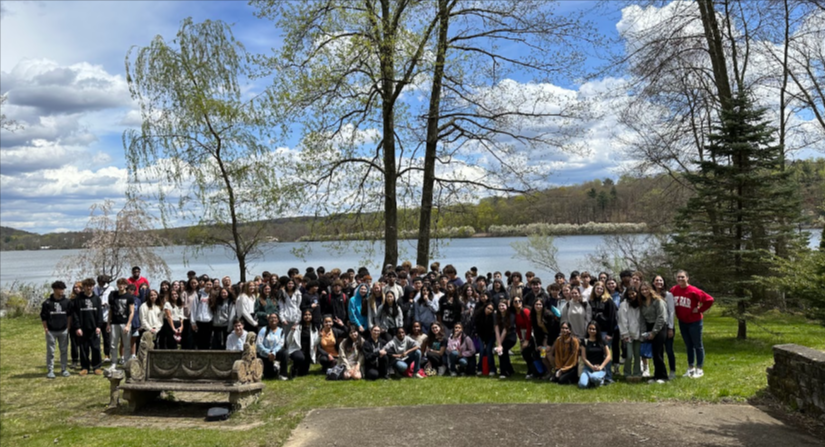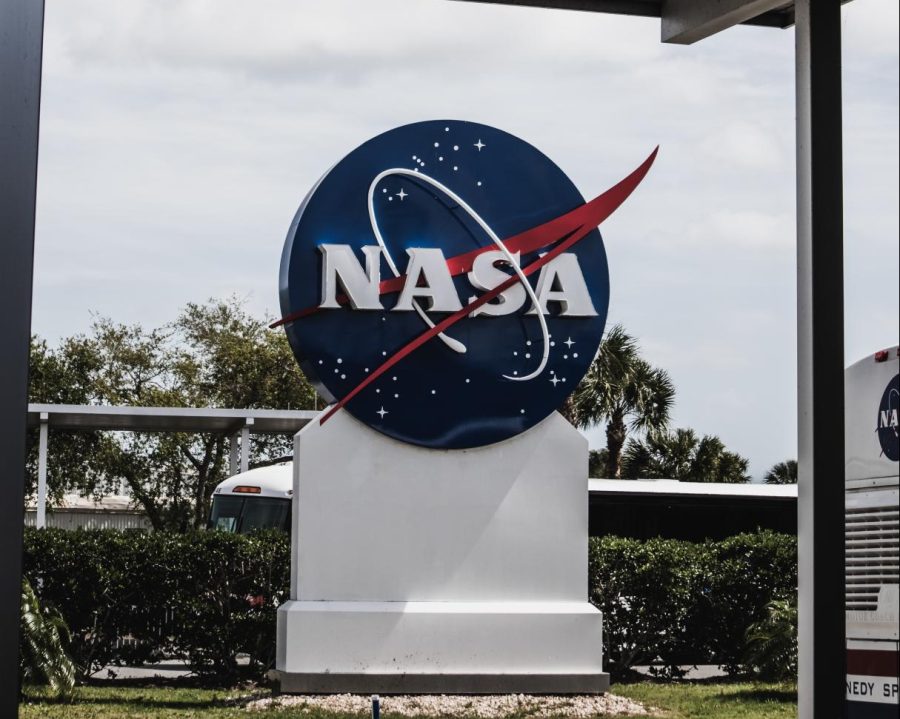The First Planetary Defense Test: DART
December 22, 2022
Monday, September 26, 2022, marked the end of a year-long mission: the first time that humans have been able to deflect a hurtling asteroid.
It also signaled the beginning of years of research and tests to protect our planet from Near-Earth Objects.
It was the day DART (Double Asteroid Redirection Test) made an impact with the asteroid Dimorphos, slowing down its orbit around the bigger Didymos. Equipped with the camera DRACO and the SMART navigation system, DART was successfully able to target this smaller asteroid and shorten its orbital period.
Scientists started this mission by choosing the two asteroids as their point of impact so as to not risk contacting Earth with or without deflection. As stated by Space.com, the asteroids being approximately seven million miles from Earth also helped in quickly transmitting signals in just 38 seconds. Choosing Dimorphos and Didymos provided astronauts with a greater understanding as their size is similar to the most common dangerous asteroids for Earth.
They measured the asteroids’ shapes by having radio waves bounce off them. By using ground-based optical telescopes to measure dips in brightness as the asteroids cycled, the orbit time of Dimorphos around Didymos (11 hours and 55 minutes) was also found.
Understanding this is vital; when scientists measured the duration of one revolution after collision, it had shortened by 32 minutes, though the predicted reach was only 10 minutes! So, how was it possible for DART to affect Dimorphos’s orbit so greatly? First, it is important to know that Dimorphos is a loose collection of rocks, so the impact displaced tons of debris, which enhanced DART’s push. Three systems were also involved in guiding this 1320-weighted spacecraft at 14,000 mph.
Due to these, DART was able to push a space rock of roughly 5 billion kilograms against its orbit.
As Tom Statler, NASA’s DART program scientist said to Space.com, “We are changing the motion of a natural celestial body in space. Humanity has never done that before… This is stuff of science fiction books and really corny episodes of ‘Star Trek‘ from when I was a kid, and now it’s real.”
And humanity will continue to make revolutionary changes to enhance our planetary defense, as scientists study images to better understand asteroid deflection. Scientists will continue to develop the Near Earth Object Surveyor to detect hazardous asteroids.
The spacecraft, planned for launch in October 2024 to map the asteroid surfaces, will be created. Astronauts, astrologers, and other researchers will continue to discover new ideas that ensure the safety of our planet.













































